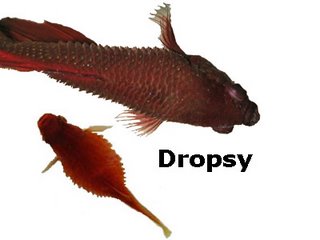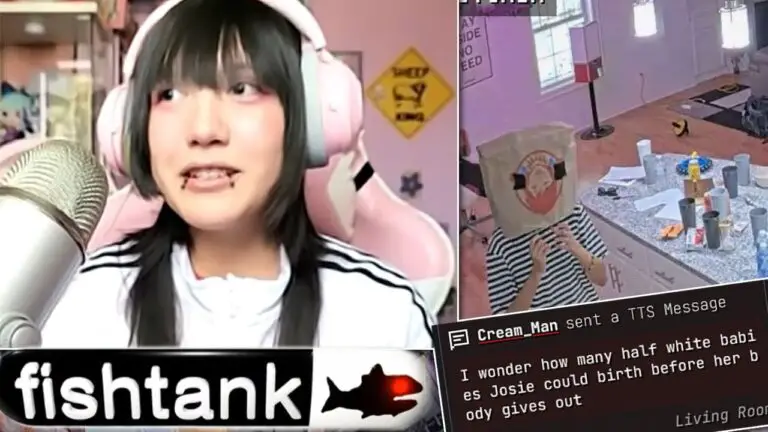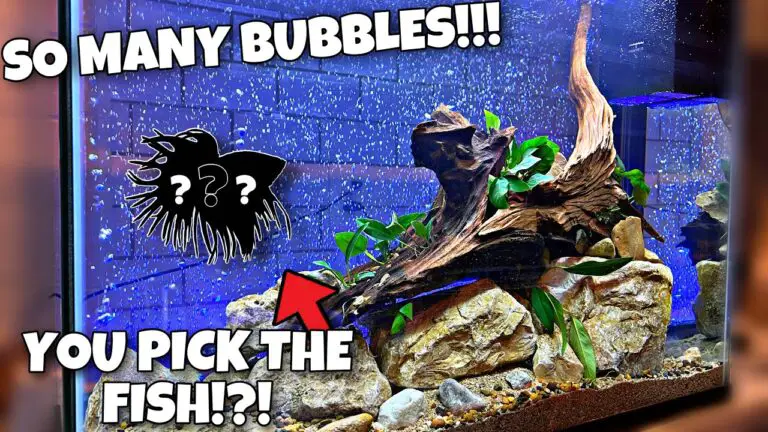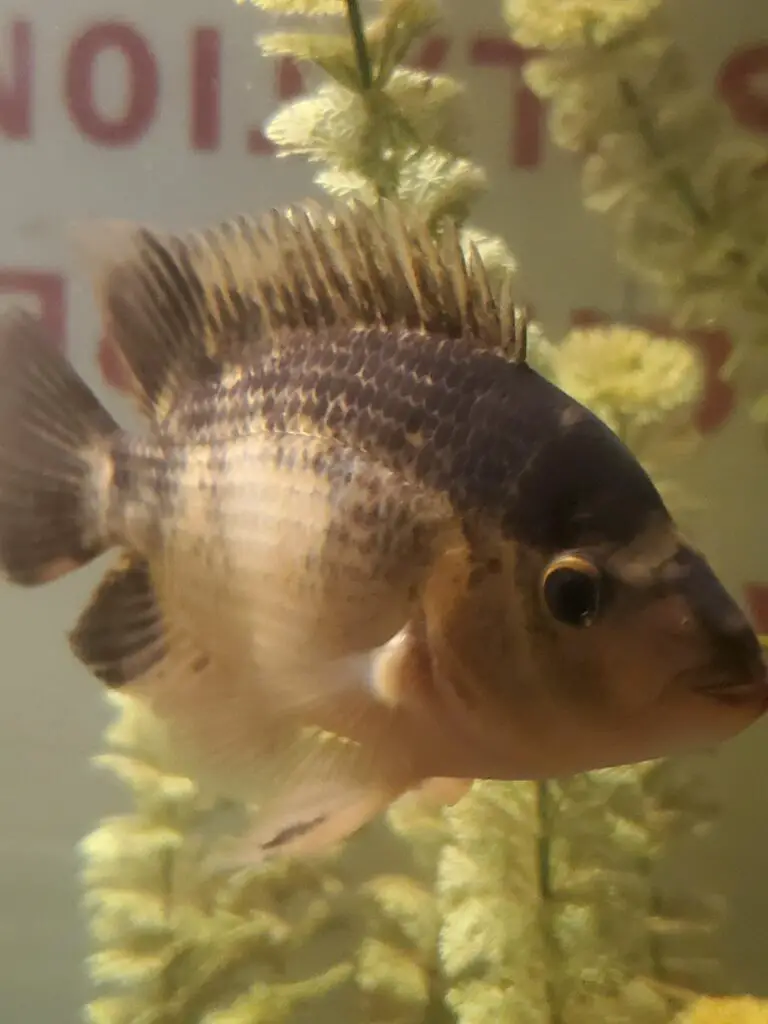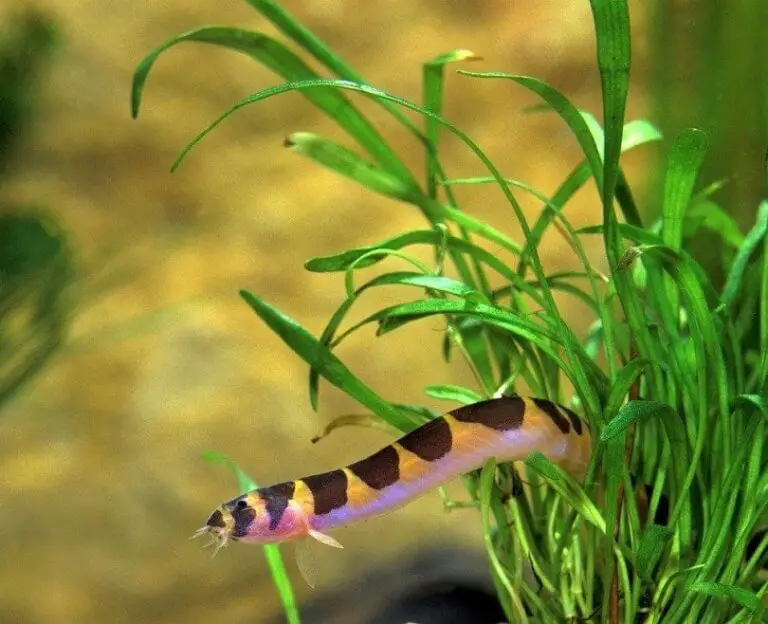Understanding Dropsy in Fish: Is Dropsy Painful for Fish?
When it comes to caring for our fish, it’s important to be aware of any potential health issues they may face. One such condition that often affects fish is dropsy. But what exactly is dropsy? Is it painful for fish? And how can we recognize, treat, and prevent it? I will explore all these questions and more, providing beginner fish owners with the knowledge they need to deal with dropsy.
What is Dropsy?
Dropsy, also known as edema, is a condition that affects fish and causes their bodies to swell. It is not a specific disease itself, but rather a symptom of an underlying problem. Dropsy occurs when fluid accumulates in the fish’s body, leading to a bloated appearance. It affects the abdomen, causing the fish to take on a pinecone-like shape. Dropsy can affect both freshwater and saltwater fish, and it is a condition that should not be ignored.
What Causes Dropsy?
There are several potential causes of dropsy in fish, and it is important to understand these in order to prevent and treat the condition. Some common causes of dropsy include:
1. Bacterial Infections: Bacterial infections, such as those caused by Aeromonas and Pseudomonas bacteria, are often responsible for dropsy in fish. These bacteria can enter the fish’s body through open wounds or by ingesting contaminated water.
2. Poor Water Quality: Fish that are kept in poor water conditions are more susceptible to dropsy. Ammonia and nitrite spikes, high levels of organic waste, and inadequate filtration can all contribute to the development of dropsy.
3. Internal Organ Failure: Dropsy can also be a result of internal organ failure in fish. This can be caused by a variety of factors, including poor genetics, age, or other underlying health conditions.
4. Parasites: Certain parasitic infections, such as those caused by tapeworms or flukes, can lead to dropsy in fish. These parasites can disrupt the fish’s internal systems and contribute to fluid retention.
How to Recognize Dropsy?
Recognizing dropsy in fish is crucial for early intervention and treatment. Here are some key signs and symptoms to look out for:
1. Bloating: Dropsy is characterized by a bloated appearance, particularly in the abdomen. The fish may take on a pinecone-like shape as fluid accumulates in their body.
2. Protruding Scales: As dropsy progresses, the fish’s scales may begin to protrude or stand out from their body. This is a clear indication of fluid retention.
3. Loss of Appetite: Fish with dropsy may exhibit a loss of appetite and a decreased interest in food. This is often accompanied by a general lethargy and lack of energy.
4. Behavioral Changes: Dropsy can also cause changes in the fish’s behavior. They may become more reclusive, spending more time hiding or resting at the bottom of the tank.
How to Treat Dropsy?
Treating dropsy in fish can be challenging, but with the right approach, it is possible to improve their condition. Here are some effective treatment methods:
1. Isolate the Affected Fish: If you notice a fish exhibiting signs of dropsy, it is important to isolate them from the rest of the tank. This will help prevent the spread of any potential infections and allow for more targeted treatment.
2. Improve Water Quality: Ensuring optimal water conditions is crucial for the recovery of a fish with dropsy. Regular water changes, proper filtration, and monitoring ammonia and nitrite levels are essential.
3. Medication: There are several medications available that can help treat bacterial infections associated with dropsy. It is important to consult with a veterinarian or fish expert to determine the most appropriate medication for your fish.
4. Supportive Care: Providing supportive care to the fish is also important during the treatment process. This may include maintaining a stable water temperature, providing a balanced diet, and reducing stress.
How to Prevent Dropsy?
Prevention is always better than cure, and there are several steps you can take to prevent dropsy in your fish:
1. Maintain Good Water Quality: Test the water parameters in your fish tank and take appropriate measures to maintain optimal water quality. This includes regular water changes, proper filtration, and monitoring ammonia and nitrite levels.
2. Quarantine New Fish: Before introducing new fish into your tank, it is important to quarantine them for a period of time. This allows you to monitor their health and prevent the introduction of any potential diseases or infections.
3. Avoid Overcrowding: Overcrowding can lead to poor water quality and increased stress among fish. Make sure to provide adequate space for each fish in your tank to minimize the risk of dropsy.
4. Quarantine Sick Fish: If you notice any signs of illness in your fish, it is important to quarantine them immediately. This will help prevent the spread of any potential infections to other fish in the tank.
Can dropsy be cured?
While dropsy can be challenging to treat, it is possible to improve the condition of affected fish with proper care and treatment. However, it is important to note that dropsy can also be a symptom of underlying health issues that may not have a cure.
Is dropsy contagious to other fish?
Dropsy itself is not contagious, but the underlying causes of dropsy, such as bacterial infections, can be. It is important to isolate any fish exhibiting signs of dropsy to prevent the spread of potential infections.
Is Dropsy Contagious to Humans?
Dropsy doesn’t spread to humans. It’s a condition where fish get swollen bellies and their scales stick out like a pine cone.
It happens because of other problems like infections, parasites, or liver issues, not as a disease on its own. Lots of fish, like bettas and goldfish, can get dropsy.
Humans can’t catch the bacteria that cause dropsy in fish, so it won’t go from fish to people. But it’s still a good idea to be careful and keep your hands clean.
Use gloves and wash your hands with antibacterial soap or sanitizer after you touch the sick fish, clean the tank, or change the water. This helps prevent any other infections or diseases that could affect you or your fish.
How long does it take to treat dropsy?
The duration of treatment for dropsy can vary depending on the severity of the condition and the response of the fish to treatment. It is important to be patient and consistent with the recommended treatment plan.
Can dropsy be fatal?
Dropsy can be a serious condition and, if left untreated, it can be fatal for fish. It is important to seek prompt veterinary advice and take appropriate measures to treat dropsy as soon as it is recognized.
Can dropsy affect all types of fish?
Dropsy can affect both freshwater and saltwater fish. It is important to be vigilant and monitor the health of all fish in your tank, regardless of their species.
Is pineconing in fish contagious?
Pineconing in fish is a symptom of dropsy, which is a condition that causes fluid retention and swelling in the body. Dropsy can have different causes, such as bacterial infection, viral infection, parasite, kidney failure, or poor diet.
Depending on the cause, dropsy may or may not be contagious to other fish. However, it is always advisable to isolate the sick fish in a separate tank and treat them with antibiotics or other medications. It is also important to keep the water quality high and avoid overfeeding or stress.

Credit: www.buildyouraquarium.com
What is the Fastest Way to Cure Dropsy?
Dropsy is a condition that causes fish to have swollen bellies and scales that stick out like a pine cone. It is not a disease itself, but a sign of an underlying problem, such as infection, parasites, or liver failure. Dropsy can affect many types of fish, including bettas and goldfish.
The fastest way to cure dropsy depends on the underlying cause of the condition. However, some general steps that can help are:
- Isolate the affected fish in a separate tank with clean water and some salt. Salt can help reduce the fluid buildup and prevent infection. You should also fast your fish for a few days to ease their digestion and reduce the pressure on their organs.
- Raise the temperature of the water slowly until you reach the maximum bearing temperature of your fish. Higher temperature can stop bacteria from spreading and kill the already affected harmful bacteria.
- Add an antibacterial remedy to your tank, such as API Melafix . This can help fight the bacterial infection that causes dropsy in fish.
- Feed your fish antibacterial food, such as Medi-Gold or Jungle Anti-Bacteria Medicated Fish Food. This can help boost your fish’s immune system and fight the infection from within.
- Treat any parasitic infection that may be causing dropsy in your fish, such as flukes, worms, or protozoa. You can use anti-parasitic medications, such as Praziquantel or Levamisole, to kill the parasites and prevent them from releasing toxins or waste products that can affect your fish’s fluid balance.
You should monitor your fish closely during the treatment process and look for any signs of improvement or deterioration. If your fish shows no signs of recovery after a week or two of treatment, you may have to euthanize them humanely to end their suffering.
Dr Loh explains the causes of dropsy and does a full examination of a bloated Goldfish
Conclusion
Dropsy is a condition that can be painful and potentially fatal for fish if left untreated. By understanding what dropsy is, its causes, how to recognize it, and how to prevent and treat it, beginner fish owners can provide the best care for their fish.
Remember to maintain good water quality, quarantine new fish, and seek veterinary advice when necessary. With proper care and attention, dropsy can be effectively managed, ensuring the health and well-being of your fish.
